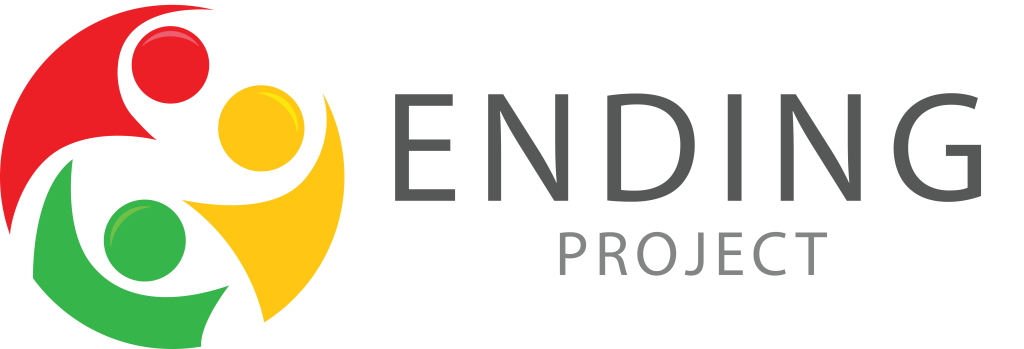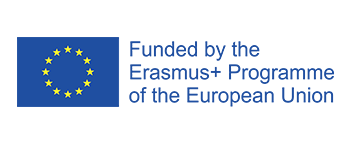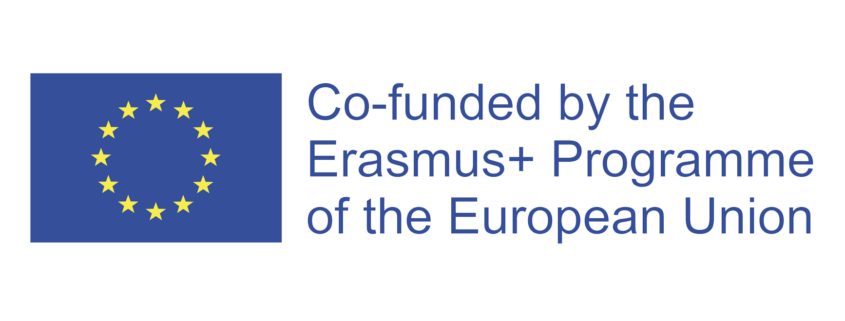
The use of the Internet and information and communication technologies by children, as happened at other times in history with other media such as television, is a constant concern for adult society, which on too many occasions can lead to unjustified panic, negatively affecting the well-being of minors as individuals subject to rights. The adult vision and perception of the online risks and opportunities that children can find online differs on too many occasions from their own. Apart from this different perception regarding the digital reality, there is also a lack of knowledge by adults about children´s digital motivations and preferences. The promotion, through schools, of “peer-to-peer” and “role modelling” methodologies is a strategy that breaks down adult-child barriers, favouring children´s development of digital skills and competences due to the consideration of their own (digital) needs.
As parents and teachers, we try to educate our children in a changing digital environment designed by and for adults, offering them guidance, advice and rules to protect them from any harmful situation that could affect their wellbeing. Mediating the use of the Internet and ICTs, as well as the different devices, is a complex exercise that involves observing, understanding, comprehending and respecting – without judging – the concerns and expectations that our children share online. Only by knowing their digital needs and demands, we will be able to share digital experiences with them on a daily basis, through an open dialogue, offering them guidance adapted to their own digital reality, thus making them effective, autonomous and resilient Internet users.
Evidence shows that children improve their digital skills and competences through participatory methods of intervention – promoted, above all, from and through the school – where children become the protagonists of their own actions, assuming responsibilities for their online actions and acting, consequently, as a mediating model for their peers.This methodological approach, has been successfully tested and implemented in Spain by PantallasAmigas, since 2010, through the Cibermanagers project. As expressed by some of its initial protagonists, after a decade of socio-technological advances, the digital reality of children is different, perhaps more complex, but their digital demands – accompanied by their fears, perceptions of the risks and opportunities that the Internet offers them – have not changed that much.
We must bear in mind that when children encounter a problem online, their main source of advice is their peers. In contrast, parents, and especially teachers, are not the first option for them. The success of the peer-to-peer approach lies precisely in the open exchange of digital experiences between like-minded peers, who – through their digital competences – are able to solve problems on their own. The adult, in this case the teacher, is in charge of bringing these mediators together and acts as a mere observer and guide, but without interrupting their creative and developmental processes related to the use of digital media.
Many efforts are being made by the European Commission, national and regional governments, administrations, industry agents, initiatives and organisations for the protection of minors, as well as by different research bodies, to promote this type of methodologies through different actions. One of the most recent examples is the European ENDING project within the Erasmus + Programme, which, based on successful examples of (digital) peer-to-peer learning in Germany, such as the Student Media Mentor Programme or Digital Heroes, is implementing the peer-to-peer methodology in six European schools (three schools in Spain and three in Portugal) with the aim of promoting critical thinking and the positive use of the Internet and ICT to avoid early school leaving.
ENDING students, in this case, aged between 11 and 14 years old, initially guided by teachers who offer them general training based on the positive use of the Internet and ICT, are currently developing, autonomously, content related to this topic that will be collected in a Student´s Guide. The student content creators are organised into working groups, led by representatives who, on a voluntary basis, are in charge of organising and dynamising the creation tasks of their counterparts. This creative work around the critical use of ICT and the Internet will be put into practice in the following school year in the different European schools. The ENDING students content creators will be in charge of training their younger peers in the positive use of ICT and the Internet, using the material that they themselves have created and that is adapted to their technological and digital reality.
The success of these peer-to-peer digital teaching-learning and creation methodologies lies in the child’s ability to autonomously develop materials adapted to their own life needs and to share learning with their peers. Similarly, the adult-teacher’s ability to observe, guide without interrupting these sharing processes is also key. As Professor Sonia Livingstone of the LSE conveyed in one of her lectures, “if we want to understand how to make the Internet more responsive to children’s interests, then we have to listen to what they want to tell us”.


